


Information
It is a fodder grass that performs best on medium moisture soils. It has a higher persistence than perennial ryegrass. It stands out with large amounts of green manure crops and very good nutritional parameters. It succeeds best on rich sandy loam soils with a ph of 6-6.5. It responds strongly to abundant mineral fertilization and irrigation. Site: best after legumes and root crops. However, it yields after all crops. In field cultivation, it can be used for 2-3 years. It is useful for growing in pure sowing or in mixtures with red clover and alfalfa, for harvesting forage, hay, hay-silage and as a catch crop.
Cultivation for seed
When growing for seed, sowing should be done between August 25 and September 15 at a rate of 10-25 kg/ha. Earlier sowing guarantees a higher yield. Row spacing for seed cultivation is 12.5 cm with a sowing depth of 1.5 cm. It requires fertile, well-maintained soils with regulated water relations. Fertilization before sowing at 100-140 kg/ha P2O5 and 110-150 kg/ha K2O. Nitrogen fertilization at the level of 70-90 kg/ha after windrows 90 kg/ha. In cultivation for seed: harvest date in the second decade of July. Seed yield: 15-25 dt/ha. Recommended one-step
harvesting with a combine from the trunk and repeated threshing of dried windrows, or in two steps – mowing with a windrow mower and threshing with a combine after the windrows have dried. In favorable conditions, it is possible to harvest seeds twice. Harvest for seed in late July or early August.
Cultivation for green manure
Before sowing, phosphorus (P2O5) and potassium (K2O) fertilization is recommended at 100-120 kg/ha and nitrogen
fertilization 60 kg, respectively. During the years of use before the start of vegetation additionally: P2O5 and K2O – 80-120 and N – 60-100 kg/ha. After each grazing or windrow: 60-100 kg/ha. Seed plantations: pre-sowing fertilization as in the cultivation for green fodder. During subsequent years of plantation use, a single full fertilization in the spring. PK doses as before sowing N – 60-100 kg/ha. In cultivation for green fodder: sowing date arbitrary in the period from late April to mid-September. Sowing rate: 30-35 kg/ha or in mixtures 30 kg + 5-7 kg of red clover
(mix the seeds thoroughly before sowing), row spacing: 12.5 cm, sowing depth: 1-1.5 cm. The optimal date for the first grazing from May 2 to 15. By the fall, 6-7 grazings are possible. In haying use, the first windrow on approx. June 8. By the fall, four windrows are possible. In fodder use, it is necessary to maintain the continuity of grazing or mowing, as well as to cutting of uneaten herbage and removing molehills with a plough. In case of heavy weed infestation, typical herbicides can be applied according to IOR recommendations. In newly established seed plantations and pastures, follow frequent mowing. Herbicides can be applied only after 7 leaves have been produced.



Odmiany
Mańka
A late tetraploid variety in the perennial ryegrass type (up to 5 years of use) with high resprouting vigor. Recommended for hay and field use. It stands out for its good persistence, high yield of green manure crops and dry matter throughout its life and fast resprouting after windrows; winter hardy, disease and lodging resistant. Suitable for cultivation in pure sowing or in mixtures with clover and alfalfa, for harvesting green fodder, hay, silage hay and as a catch crop.
Feature (Mańka):
Nadzieja
A mid-early tetraploid grass. A hybrid of perennial and perennial ryegrass (up to 3 years of use) with high winter hardiness and resistance to drought and lodging. Suitable for hay and field use. “Nadzieja” has a high yield of green and dry matter throughout its life and a fast resprouting rate after windrows. Seed yield as high as 25 dt/ha.

